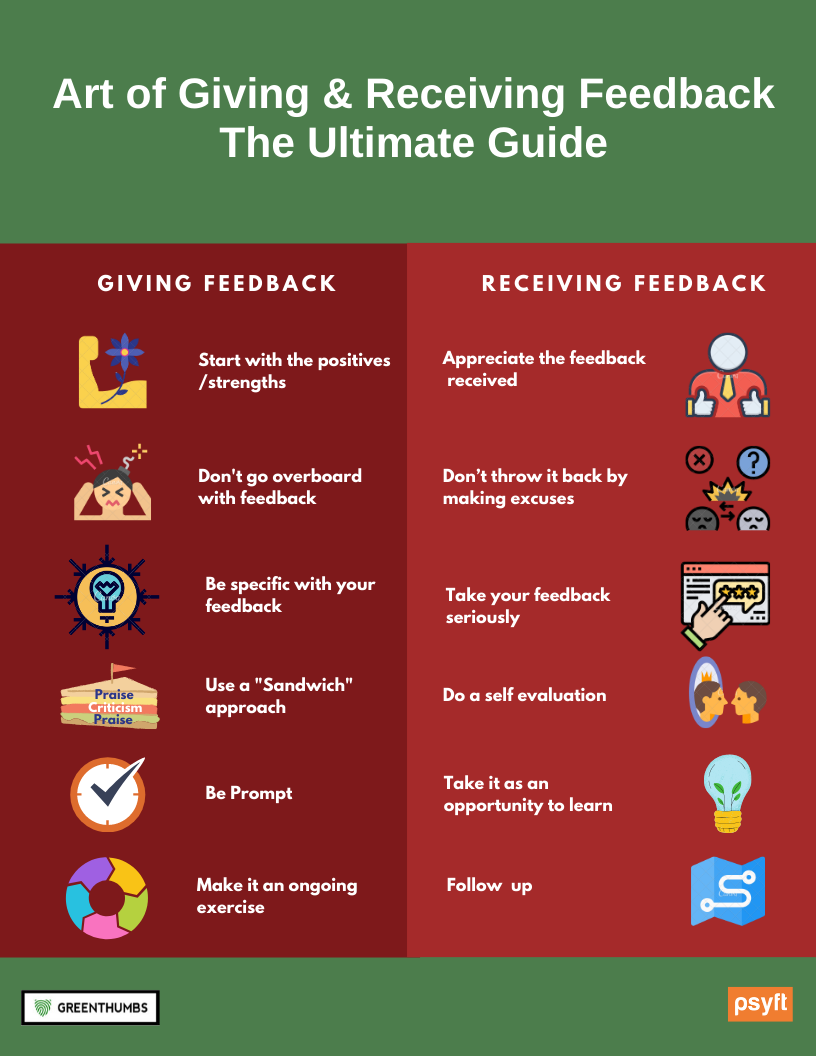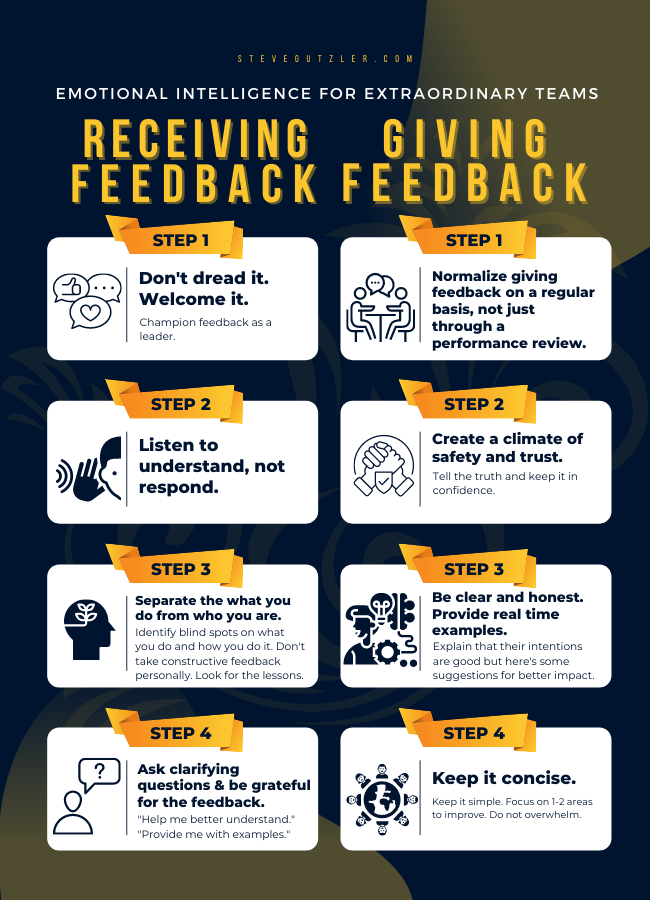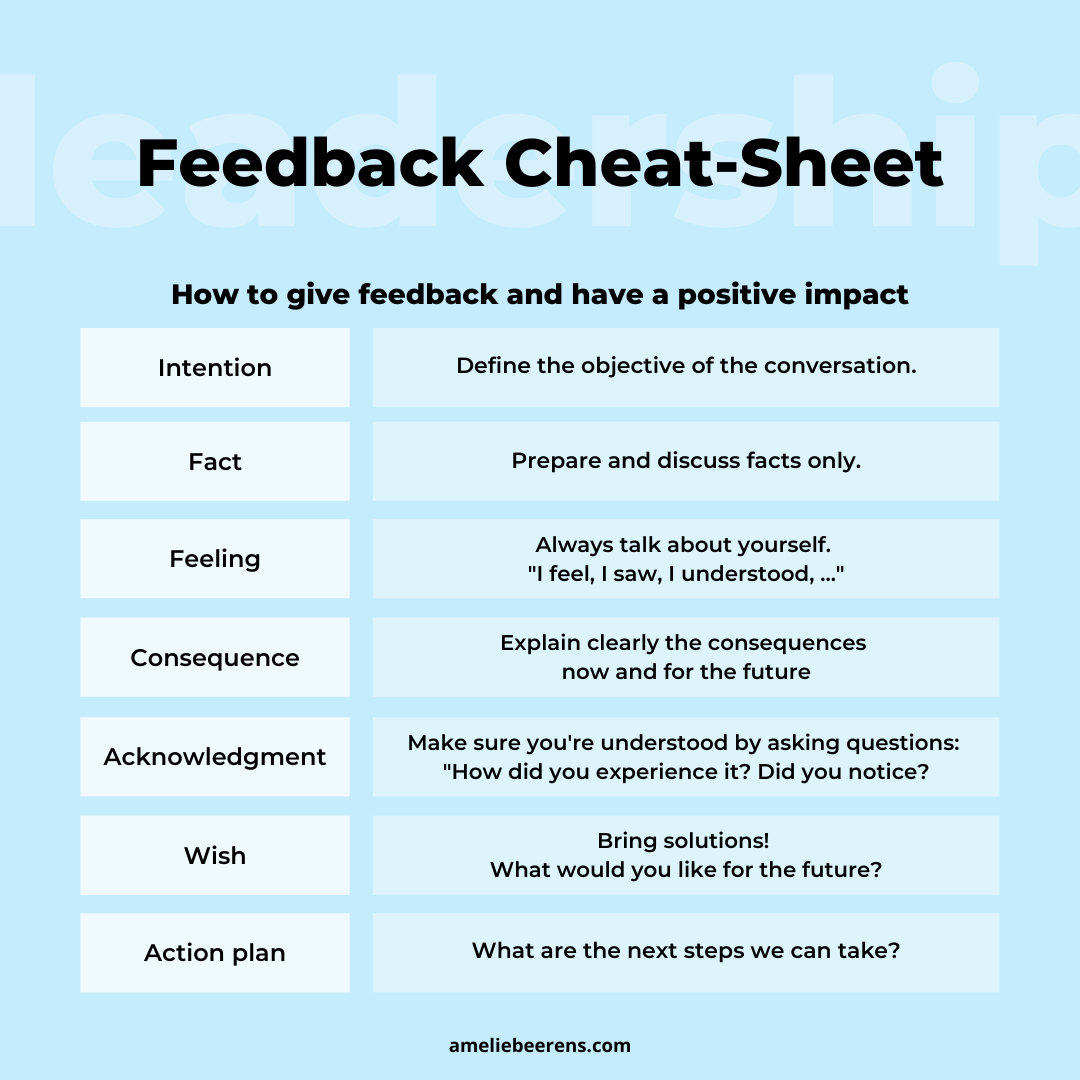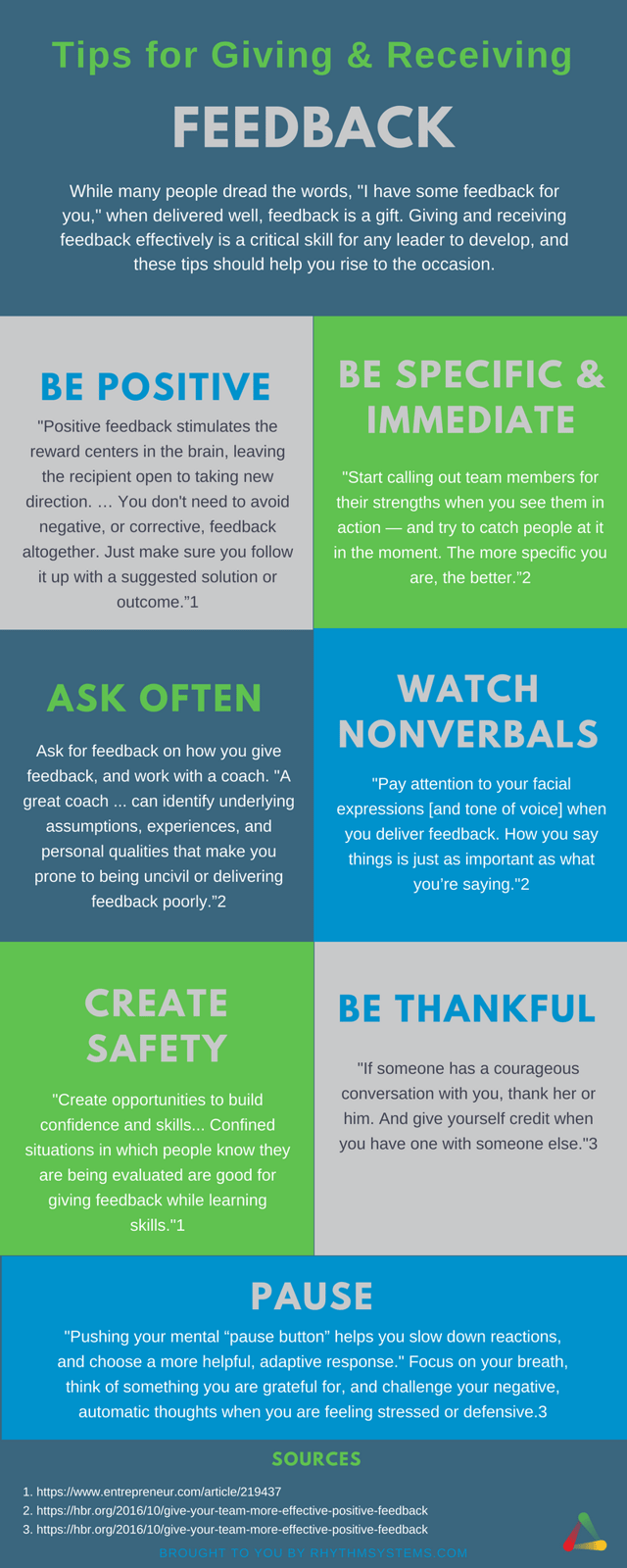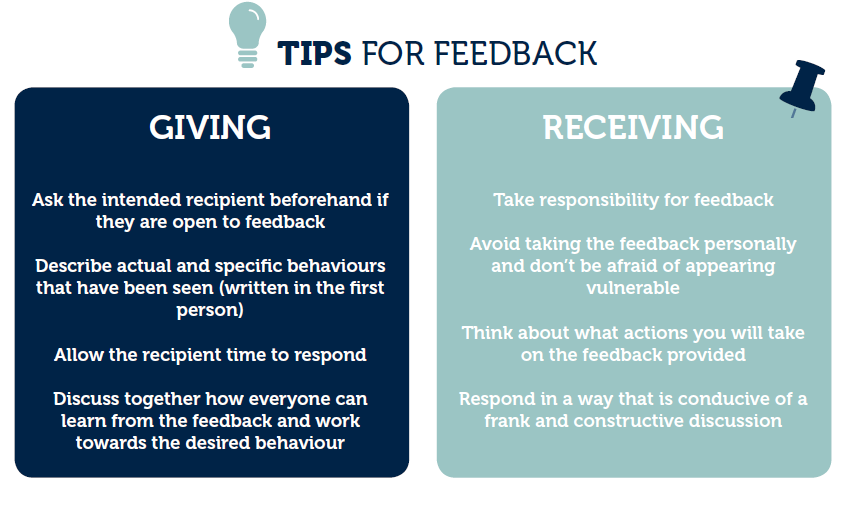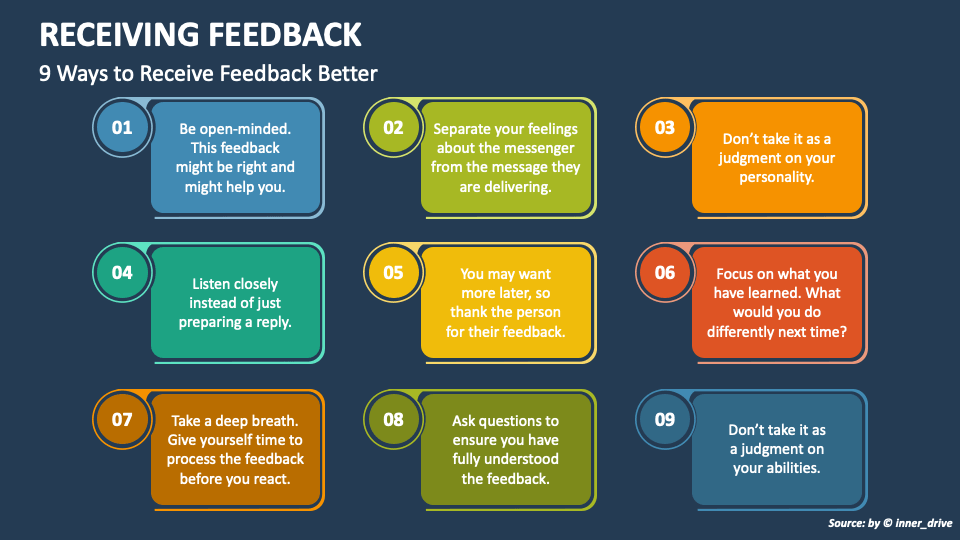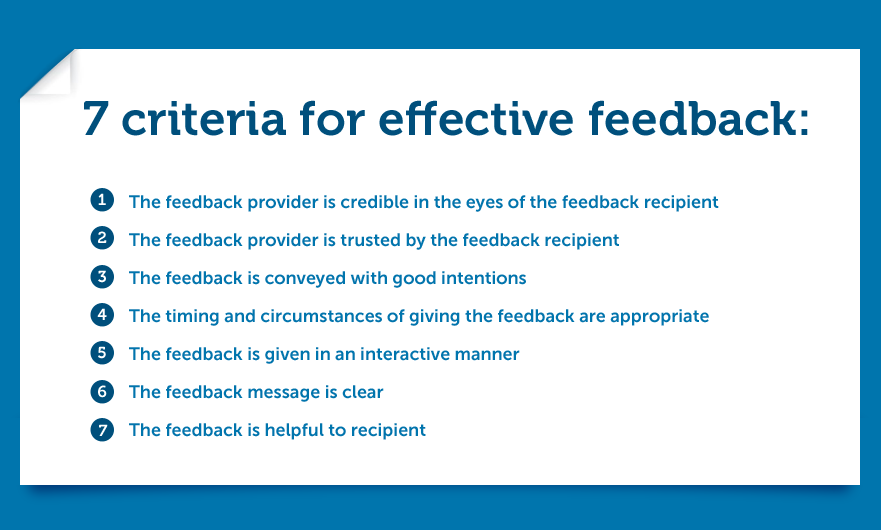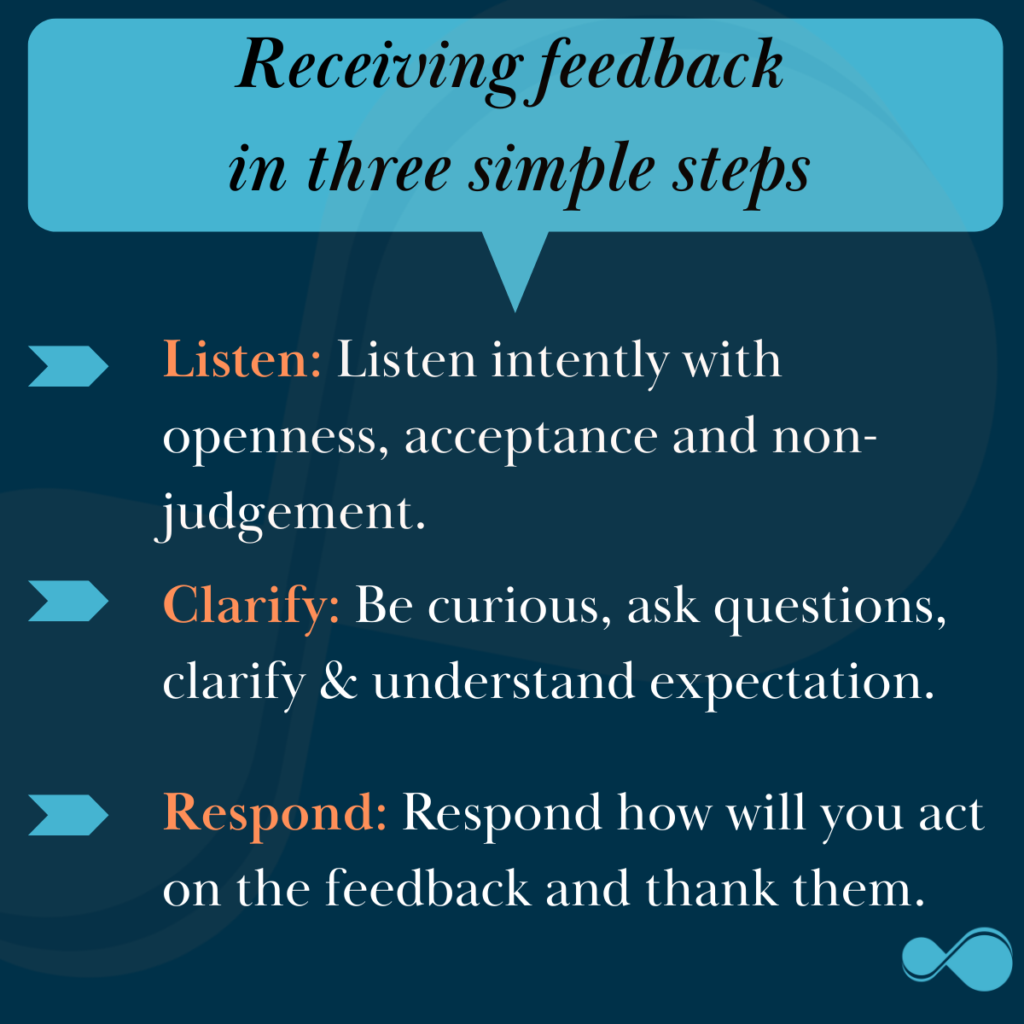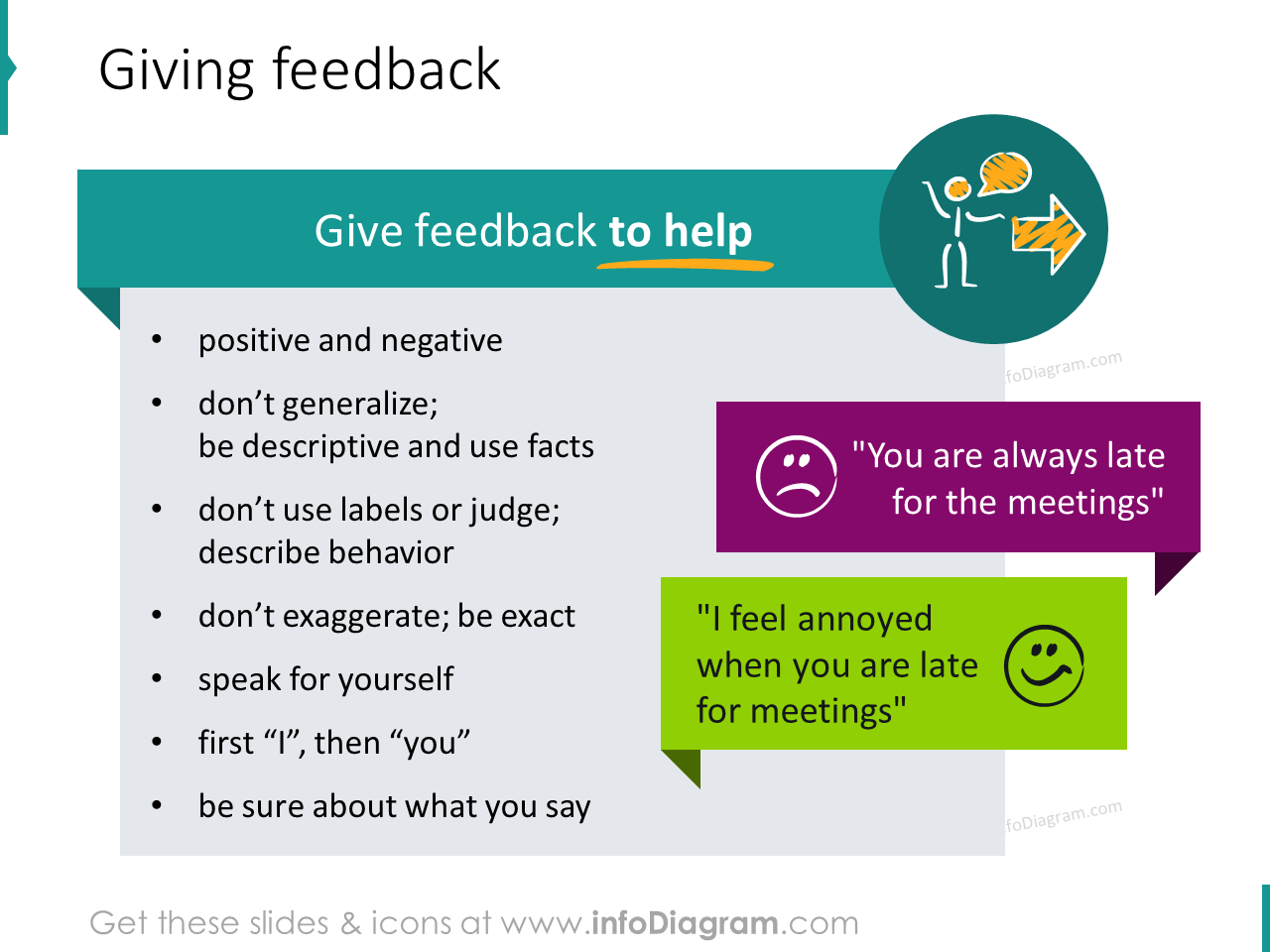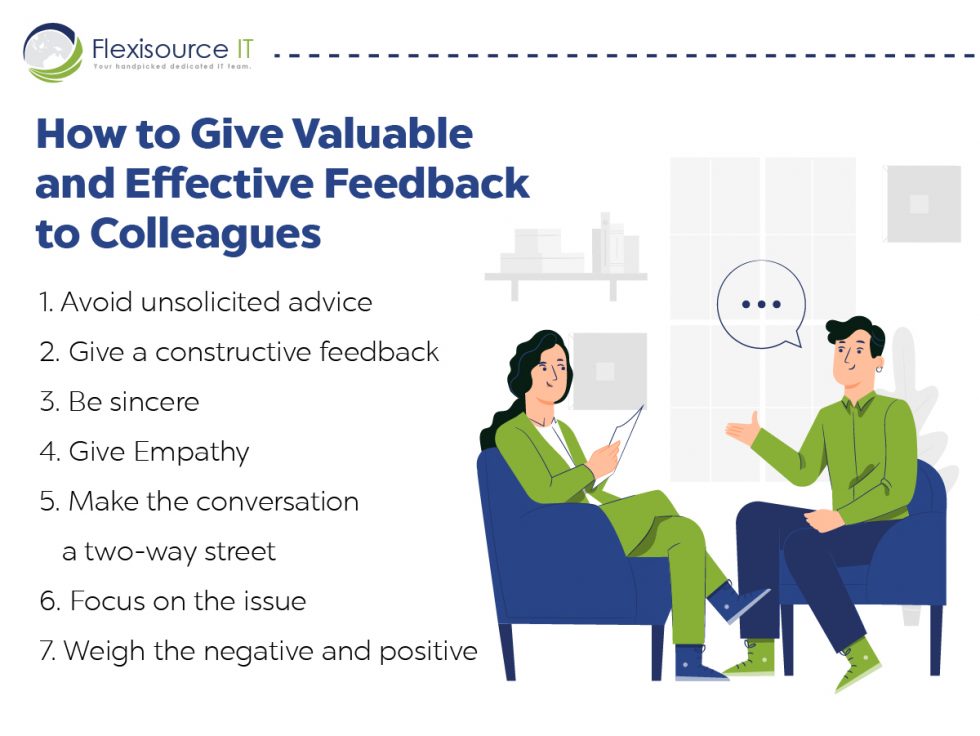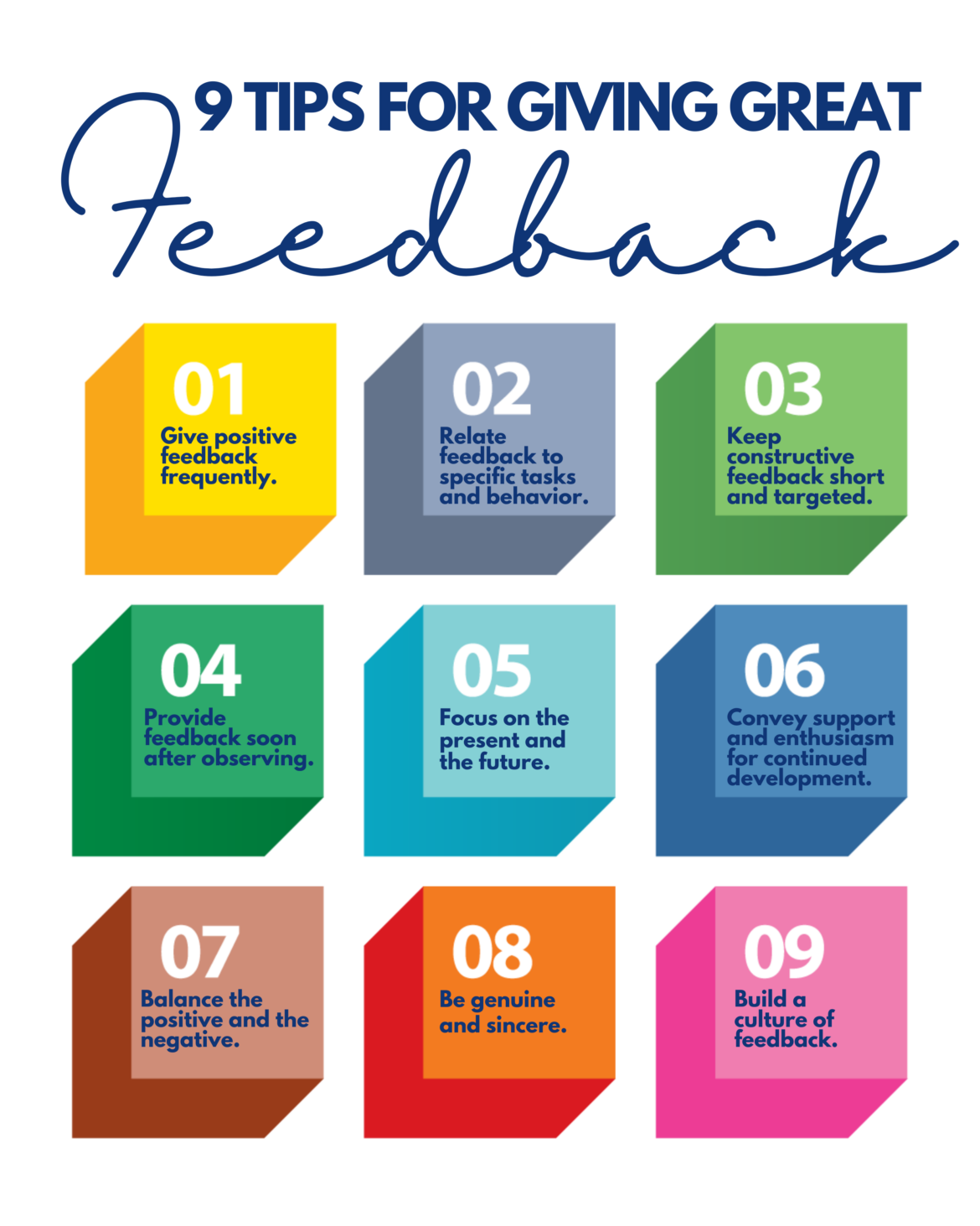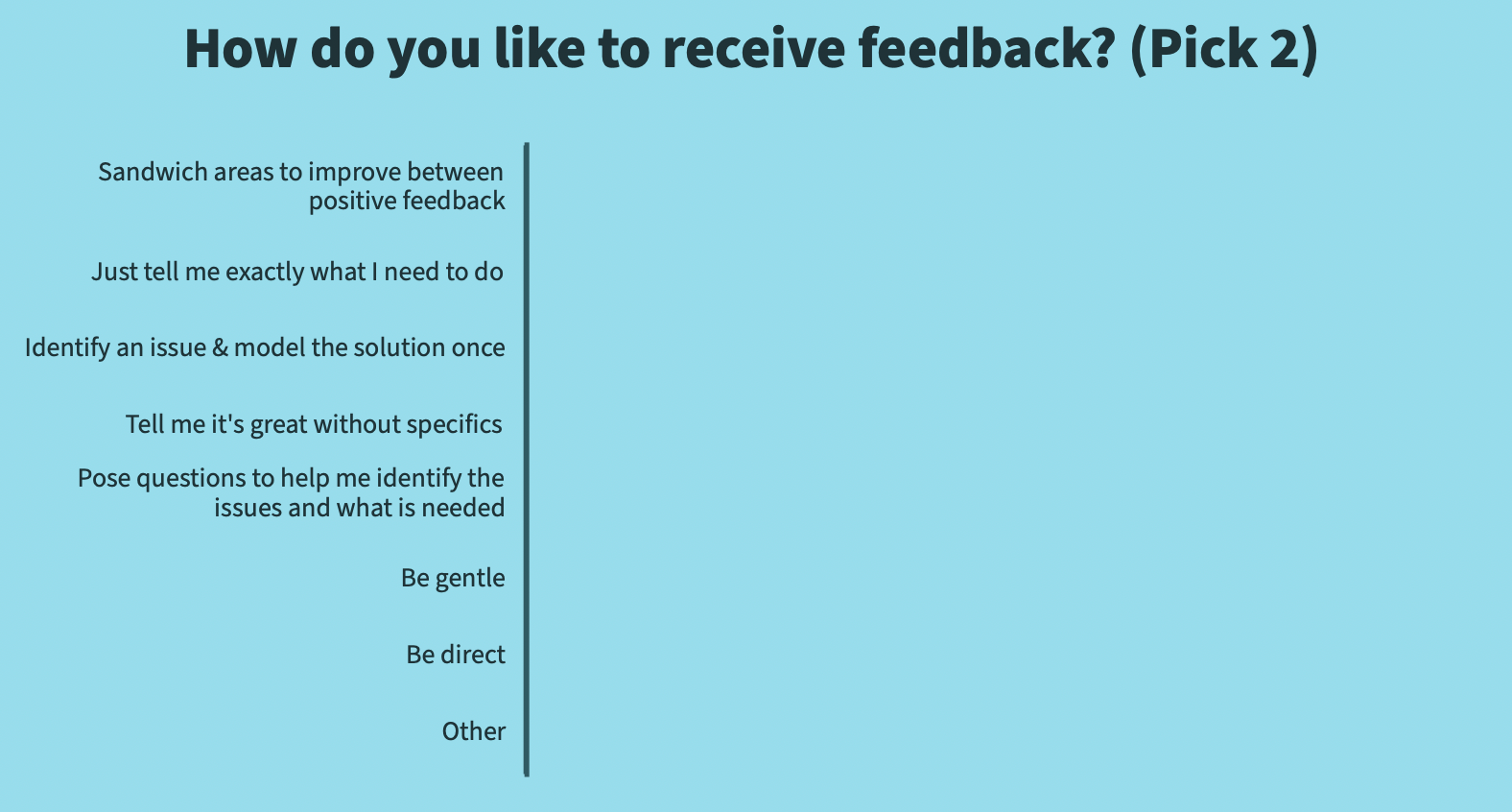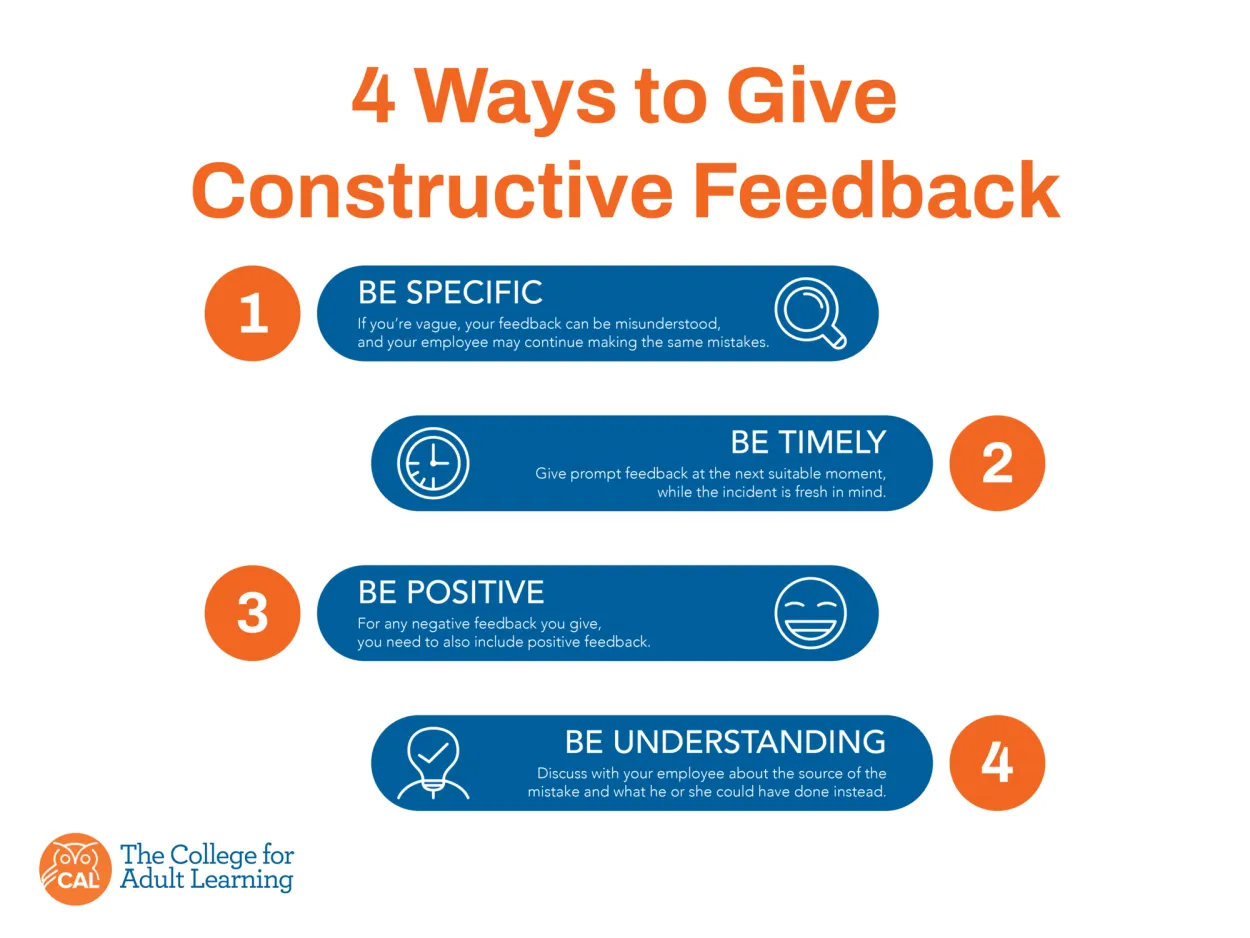How Do You Give And Receive Feedback

In today's fast-paced professional world, the ability to effectively give and receive feedback is no longer a "nice-to-have" skill, but a core competency for individual and organizational success. From performance reviews to daily interactions, feedback shapes growth, fosters collaboration, and ultimately impacts the bottom line. However, poorly delivered or received feedback can damage relationships, stifle innovation, and lead to decreased morale.
This article delves into the intricacies of providing and receiving feedback constructively, drawing on expert insights and research-backed strategies. We'll explore the crucial elements of effective feedback, address common pitfalls, and offer practical tips for creating a culture of open communication and continuous improvement.
The Anatomy of Constructive Feedback
Effective feedback is more than just pointing out flaws or offering praise. It's a carefully constructed message designed to promote positive change and enhance performance. According to the Society for Human Resource Management (SHRM), constructive feedback should be specific, timely, and focused on behavior, not personality.
Specificity means avoiding vague statements and providing concrete examples. Instead of saying "Your presentation wasn't good," try "The slide deck lacked clear visuals and the data was difficult to interpret." Timeliness ensures that feedback is delivered while the event is still fresh in the recipient's mind, maximizing its impact. Focus on behavior means addressing actions that can be changed, rather than making judgments about someone's character.
Delivering Feedback with Empathy
The delivery of feedback is just as important as its content. Empathy is key to creating a safe and receptive environment. Starting with a positive observation can ease tension and signal your intention to help the recipient improve.
Using "I" statements instead of "you" statements can also prevent defensiveness. For example, instead of saying "You always interrupt me," try "I feel interrupted when I'm not given the chance to finish my thought." This frames the feedback as your personal experience, rather than an accusation.
Furthermore, consider the setting and timing. A private conversation is often more conducive to honest feedback than a public forum. Avoid delivering feedback when either party is stressed, angry, or distracted.
Overcoming Barriers to Receiving Feedback
Receiving feedback, even when delivered constructively, can be challenging. Common barriers include defensiveness, denial, and fear of judgment. Recognizing these internal obstacles is the first step towards overcoming them.
Active listening is crucial for receiving feedback effectively. This means paying attention not only to the words being spoken, but also to the speaker's tone and body language. Ask clarifying questions to ensure you understand the feedback fully.
Avoid interrupting or becoming defensive. Instead, try to see the feedback as an opportunity for growth. Thank the person for their honesty and willingness to provide input. Even if you disagree with the feedback, acknowledge the speaker's perspective.
Turning Feedback into Action
The true value of feedback lies in its ability to drive positive change. After receiving feedback, take time to reflect on what you've heard. Identify specific actions you can take to address the issues raised.
Develop a plan for improvement and share it with the person who provided the feedback. This demonstrates your commitment to growth and allows them to offer further support. Follow up regularly to track your progress and seek additional guidance.
Building a Culture of Feedback
Creating a culture where feedback is valued and embraced requires a concerted effort from leadership and employees alike. According to a 2023 Gallup poll, employees who receive regular feedback are significantly more engaged and productive. Leaders must model the behaviors they expect from their teams, actively soliciting feedback and responding thoughtfully.
Organizations should also invest in training programs that teach employees how to give and receive feedback effectively. Regular feedback sessions, both formal and informal, should be incorporated into the workflow.
Furthermore, it's crucial to create a psychologically safe environment where employees feel comfortable sharing their thoughts and opinions without fear of reprisal. Open communication channels, anonymous feedback mechanisms, and a culture of trust are essential for fostering a healthy feedback ecosystem.
The Future of Feedback
As technology continues to evolve, new tools and platforms are emerging to facilitate feedback. AI-powered feedback systems can analyze performance data and provide personalized recommendations for improvement. Virtual reality simulations can create realistic scenarios for practicing feedback delivery and reception.
However, it's important to remember that technology is merely a tool. The human element remains critical to the success of any feedback initiative. Empathy, active listening, and a genuine desire to help others grow are essential qualities that cannot be replicated by algorithms.
In conclusion, mastering the art of giving and receiving feedback is an ongoing journey. By embracing a growth mindset, prioritizing empathy, and utilizing effective communication strategies, individuals and organizations can unlock their full potential and thrive in an increasingly competitive world. The future of work hinges on our ability to learn and adapt, and feedback is the compass that guides us on that path.
